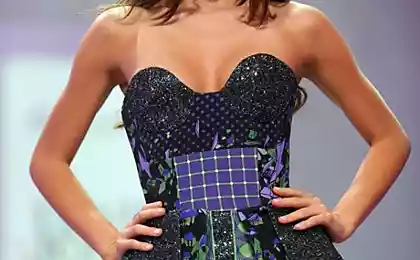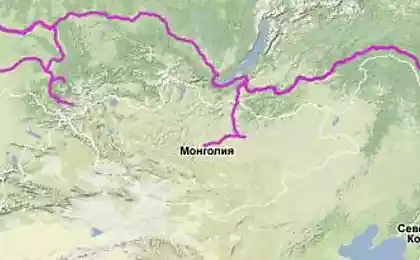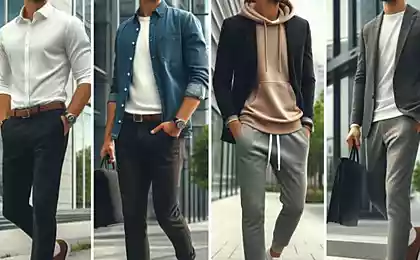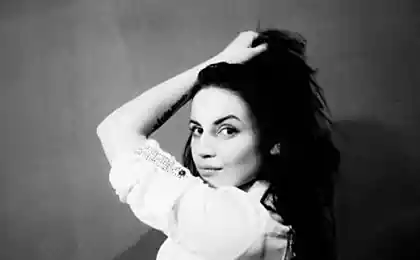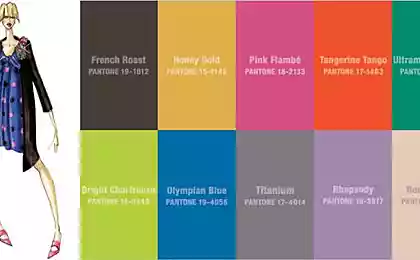1330
Russian style
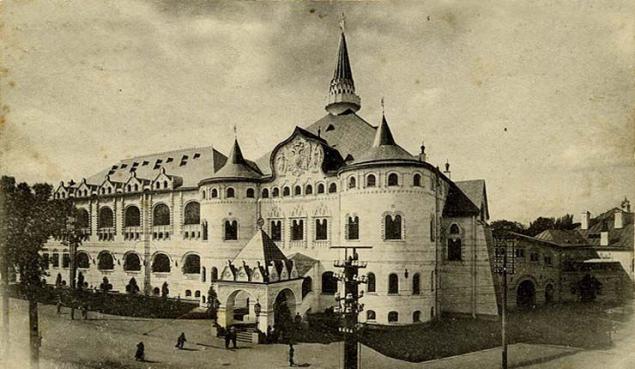
Russian style - the direction in Russian architecture of the XIX century, based on the use of forms of Byzantine art and traditions of ancient architecture and folk art.
The advent of Christianity in Russia in the X century to strengthen ties with the Byzantine Empire and had a great influence on ancient Russian art. Russian first temple was built by the Byzantine canons. All the buildings were built in Russia at first made of wood and had originality. Only later, in the XVI century, began to use stone, but stone houses were similar in shape and design with wood.
Despite the strict tradition of interior decoration, facade Russian towers had no clear organization, but outside of the house is richly decorated. Architectural details amazed variegated: gilt and inlaid, the use of national ornaments in cornices, columns and friezes. Roof and dome were covering gold, silver or painted in bright colors. During this period, Russian architects have mastered the techniques of craftsmanship, which made it possible to build complex buildings of high artistic level.
In the last quarter of the XIX century in the wake of architectural historicism in Europe Russian architects in search of a new style appealed to tradition. Awakened interest in the domestic past. Russian style contemporaries gave exceptional value, saw him as the embodiment of the Russian national idea. Architects began to imitate the Byzantine Church and boyar.
Similarly, in many countries there was the desire to return to the canons. For example, emphasized symmetry and monumentality characteristic of the classical forms was reconstituted in North America, creating a new style - Boz art. In England, at the same time was a popular psevdotyudorovsky style. He was a product of industrialization, absorbing the characteristic elements of Gothic and Romanesque style with a touch of ancient motifs.
Then the creative pursuits of architects led them to the convergence of the official and folk directions. Started to decorate the facades of traditional stone carving, mosaic decor. In search of a greater variety of decorative elements architects often turned to folk art. Repetition of decorative elements, rhythmic pattern - in all visible connection with the motives of folk embroidery, fabric pattern.
The originality of this translated embroidered ornaments in a completely different material - stone, and organically its application in a new way, laid the groundwork for future experiments with architectural forms. Many adherents of this style of thought that it was in the XVII century Old Russian architecture reached full bloom, and Peter's conversion to interrupt the process. With the arrival of the XX century Russian style was developed in a modern style - Art Nouveau.

